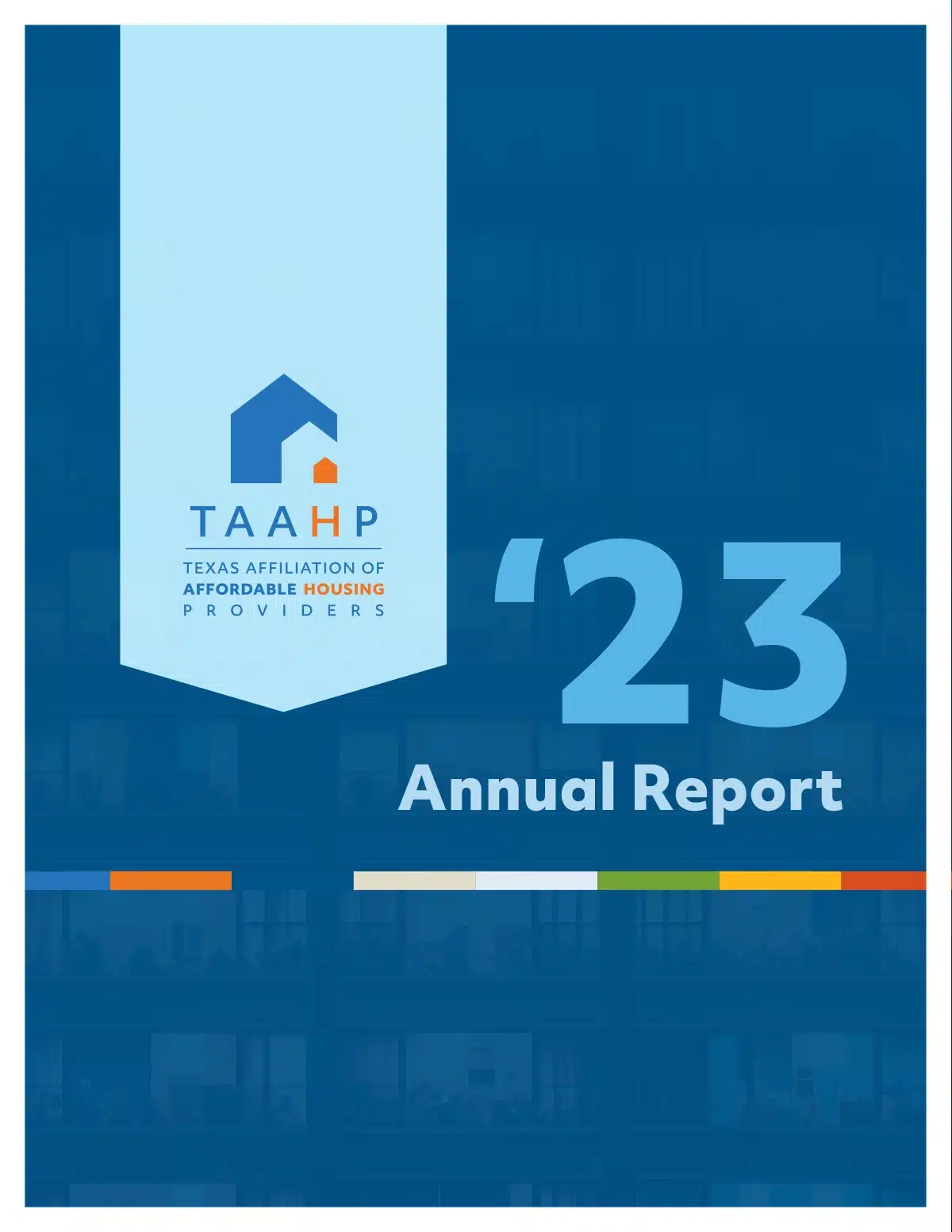The U.S. Department of Housing and Urban Development’s (HUD’s) Rental Assistance Demonstration (RAD) program creates another type of affordable housing in which to invest–and investors like RAD, even though there have been hurdles.
Most notably, RAD brought a different partner to affordable housing transactions: the public housing agency (PHA).
“This is a terrific opportunity to improve the housing stock all over the country,” said Mahesh Aiyer, director at Citi Community Capital. “It’s been very successful. It’s taken a while for housing authorities to understand the program, but bit by bit, it’s changed.”
As the number of properties that completed their RAD conversion surpassed 100,000 and the current cap of 455,000 eligible units approaches, several people on the investor side shared what they’ve learned, what they like and what they look for while making a RAD investment.
They range from Hunt Capital Partners, a pioneer in RAD developments, to Citi Community Capital, which has been involved in about 50 RAD developments, to R4 Capital, a syndicator that has worked nationwide with large as well as smaller PHAs.
“Smaller housing authorities who own a small number of properties and are rehabbing all or most of their public housing units will generally partner with a for-profit developer who knows the ins and outs of the RAD program,” said Alex Magliozzi, senior vice president at R4 Capital. “Larger PHAs are more likely to have expertise to go it alone.”
Beginnings
RAD was enacted as part of the Consolidated and Further Continuing Appropriations Act, 2012–and Hunt Capital Partners was an early adopter as a syndicator.
“When RAD started, Hunt wanted to participate in the program due to the similarity with the military housing privatization [the Military Housing Privatization Initiative]–both were programs to bring in private capital and know-how to help provide traditionally government-sponsored housing,” said Jeffrey Weiss, president Hunt Capital Partners. “Hunt had success on the military side and Hunt looked at RAD as variant of military housing programs.”
Hunt’s first deal remains its largest RAD transaction, converting more than a quarter of the Housing Authority of the City of El Paso’s 6,100-unit inventory. Hunt is headquartered in El Paso, so the relationship was obvious.
“Why go small, right?” Weiss said. “We did a 1,600-unit RAD transaction.”
Not everyone was so quick to jump. Aiyer said there was a period of education necessary for PHAs.
“There are nuances to RAD financing that most PHAs didn’t understand,” Aiyer said. “The big PHAs have worked with tax credit developments, but the smaller ones haven’t. A smaller PHA might have five properties in total and this might be the first time. Education is necessary.”
Challenges in RAD
While low-income housing tax credit (LIHTC) equity is only one of several ways to finance RAD developments, it is the most common. More than half of RAD conversions have included LIHTCs in their funding, which required adjustment.

